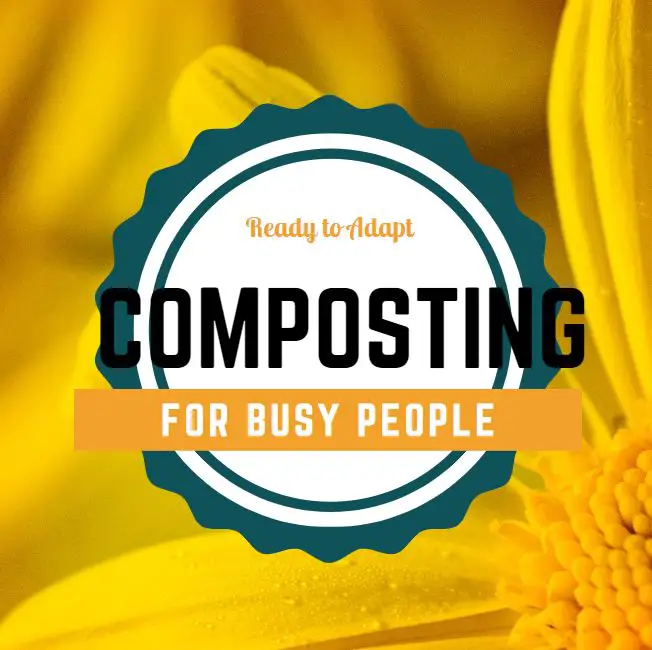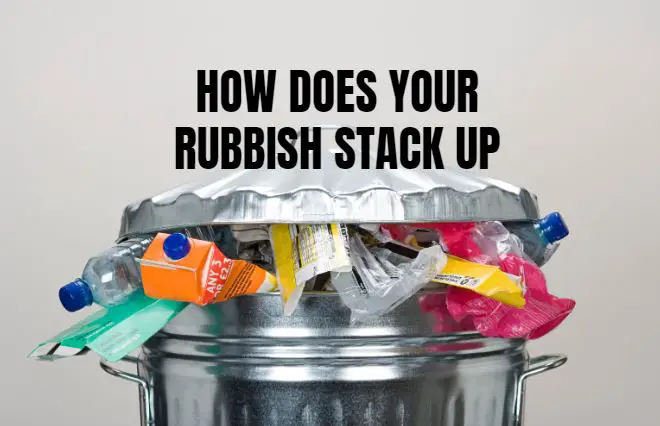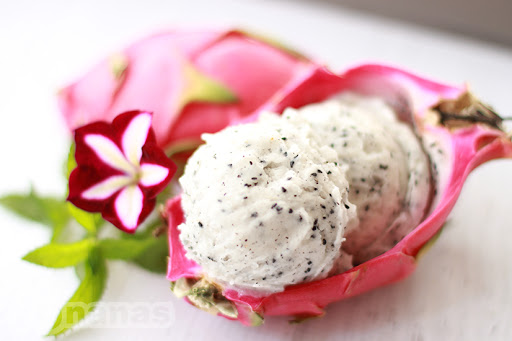You may call it Lazy Gardening. I prefer to think of it as Smart Gardening but these 6 ways of composting and building soil health will have you jumping for joy. If you have ever tried to make compost the traditional way you will know just how much work is involved.

There is all the collection of the green and the brown elements and then you have to build the pile, water it and turn it on a regular basis. Its hard work and who has the time anyway? In our modern lives, we are just busy and sometimes even though we have the best of intentions in the beginning, we simply don’t get round to doing the things we need to do to improve and build soil health. Our plants suffer along with our morale and so does the environment. Now don’t misunderstand me if you are able to do traditional composting then I say go for it. There is no reason why you shouldn’t and every reason to get stuck in if that is what you want to do. But the rest of us are too busy or just don’t have the ability to do this. This article is for people like me who have so much going on and so little time to get it done. So please read on.
What is compost?
Put simply compost is the breaking down of organic matter by micro-organisms that unlocks the vitamins, minerals and goodness stored in the item to the benefit of the soil. Our soils need that organic matter to make it available to our plants and seedlings.
Feeding the soil not only improves the ability of plants to grow but also helps it to retain water which means you spend less time watering and more time enjoying.
My Top 6 Ways to Compost for Busy People.

Green Manure is probably one of the more labour intensive ways of the my composting methods but it is still a fantastic and cheap form of building soil. No you won’t be needing to collect actual manure. Simply plant out legumes suitable for your season and climate at the appropriate time and let them grow as normal. Just before they set seed plough them into the soil and directly plant over them. Your earthworms will think it is Christmas. Some green manures you might like to try are Lucerne(alfalfa), Clover, Lupins, and any of the pea or bean family. They all work to fix nitrogen into your soil during the growing period and then add rich humus to the soil as the soil organisms work to break it down.

Bokashi converts food waste and similar organic matter into a soil amendment using grains or a lactic acid spray. It is a safe and non-smelly way to compost right on your kitchen bench. Meats, dairy, and even bones can go in the bucket which is topped off with the grains. Bokashi uses anaerobic bacteria to breakdown your waste. This is then simply buried in your garden wherever you want some added nutrients. What is important to understand with this method is that the organic waste is fermented not decomposed in the bucket. The soil food web then breaks it down after you have buried it. There are no greenhouse gases being emitted with this method and it is very simple and cheap. Be sure to use a bucket with a lid and tap fitted to remove excess moisture. Specialty Bokashi buckets can be purchased from your gardening store or hardware if you don’t feel confident in making your own. I bought this one a few years ago and we love it for those scraps that just can’t go in the regular compost or to the worm farm.

The compost bin is available from many suppliers, even your local hardware is likely to have these. Basically they are black or dark green bin without a base. The lid locks into place to stop vermin getting in. You simply fill it with a good amount of brown and green waste from around the garden in a place that you will use it. When it has cooked down for a few months – simply lift off the entire bin and spread your compost directly on the garden. I use this in the flower beds so that when it comes time to clean out the last seasons annuals and other materials the bin is right where I need it. But you could put it anywhere in the garden that is reasonably accessible.

Chop & Drop is quite simply that. You can grow dynamic accumulators around the base of your precious fruit trees for example and at regular intervals simply cut back down to the ground using a mower or weedwacker. The leaves of your comfrey plants, for example, are perfect for this. They will not only add nutrients to your soil but also act as mulch while they decompose. It could not be any easier. There are many plants that are suitable for use as chop and drop mulch. All you need do to make sure it fits the context that you are using it for. If you would like a list of dynamic accumulators Download this one from Buildasoil.com

My absolute favourite way to compost is using worm hotels. This simple technique gives so much to the garden. It is simple to build from an old piece of Polypipe or 20 Litre bucket with a lid. I have several of these dotted around the garden.
The trick here is to locate your worm hotel closest to your heavy feeder type plants. Things like Rhubarb and Asparagus do very well in close contact with your worm hotel, but even the tender natives love worm hotels. Worms will eat organic matter fed to them by you and turn it into rich worm castings that you can harvest and use for your plants and seedlings. At the same time they are munching happily away they are also feeding the plants you put them next to or under. Its a win for the environment and for your plants. The compost you get back is quite literally like gold for your garden. And the best thing is it all happens with little to no effort from you.
Start by drilling holes approximately 10mm in diameter all round the pipe or bucket about half way. If you use a bucket you will need several holes in the base as well to allow liquid to drain.
Next dig a hole in your garden to bury the pipe or bucket below the level of the holes. Essentially you are wanting to make sure the holes are below the soil. Install your bucket with lid or pipe with an upturned pot to cover the top, and make sure your holes are below ground. Mulch all around.
Now its time to bring the worms into play. You will need to get some compost worms (not earthworms) from a friend with a worm farm or you can purchase them online and at local hardware or gardening centres.
Tear up some old newspapers and wet them down in a bucket of water then mix in some manure (cow, or horse work best). Make sure it is all moist but not soaking wet. Add this to the bottom of your worm hotel. This is their bedding. Now you can add a handful of worms and some food for them. Veggie scraps. green grass, fruit etc are all good for worms. They will get to work munching on the food straight away.
Be careful not to overfeed them. If they do not eat what is in the dining space within a week then you are feeding them to much.

You can download our free guide to worms here.

This method does involve a little work in the beginning but your soil will thank you and so will your garden. There are many ways this can be done. It all boils down to one basic principle and that is to dig a hole or a trench along side what you are growing. For example, in the image above we have taken the soil from our trench and mounded it up to form a strawberry bed. The bed for the fruit is mulched and planted out as usual. The trench left behind is then filled with brown leafy matter and the bottom followed by green waste and topped with Straw. This allows us to empty our bokashi bucket or other scraps that need to be buried into the trench by simply pulling back the straw layer to expose the area needed. The straw is then replaced and the whole area watered to allow for the moisture content required to begin the composting process. In this way we are building new soil to replace what was removed.
I have seen this process used effectively in banana circles with the composting pit in the centre. The bananas then have access to the nutrients being broken down in the pit as well as the water they require. It is very effective way to grow bananas especially in tropical areas with good rainfall. However the trench or pit is dug the priniciple is the same – plants have access via their root systems to deep composting material and soil is built as a result of the decomposition process. Its a win – win situation and very easy to implement and maintain.
Another recent idea
Now I know I said there were 6 ways to compost and build soil for the smart gardener with a busy lifestyle but I came across this idea only today. While I have not personally tested this in theory it should work.
Similar to the worm hotel we talked about earlier there is a product now available that is somewhat similar to a laundry hamper (only smaller) that can be buried in the soil to hold your kitchen scraps while they compost. The idea being that once composting has completed you can then retrieve the richness from the container and use it around your garden. I like the basic premise of this but until I can get hold of or make my own I will reserve passing any judgement. So watch this space as I do intent to trial this product sometime in the near future.




